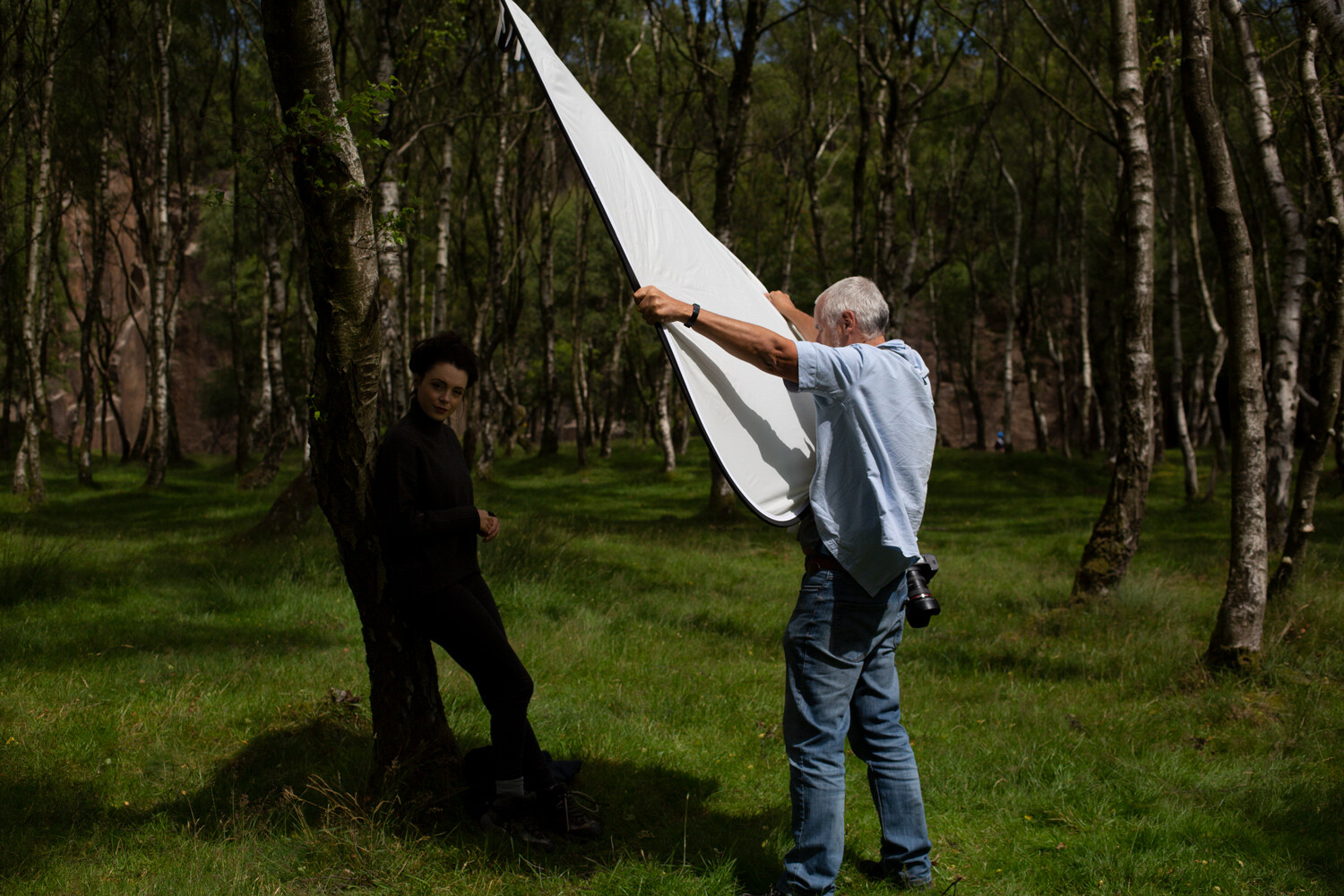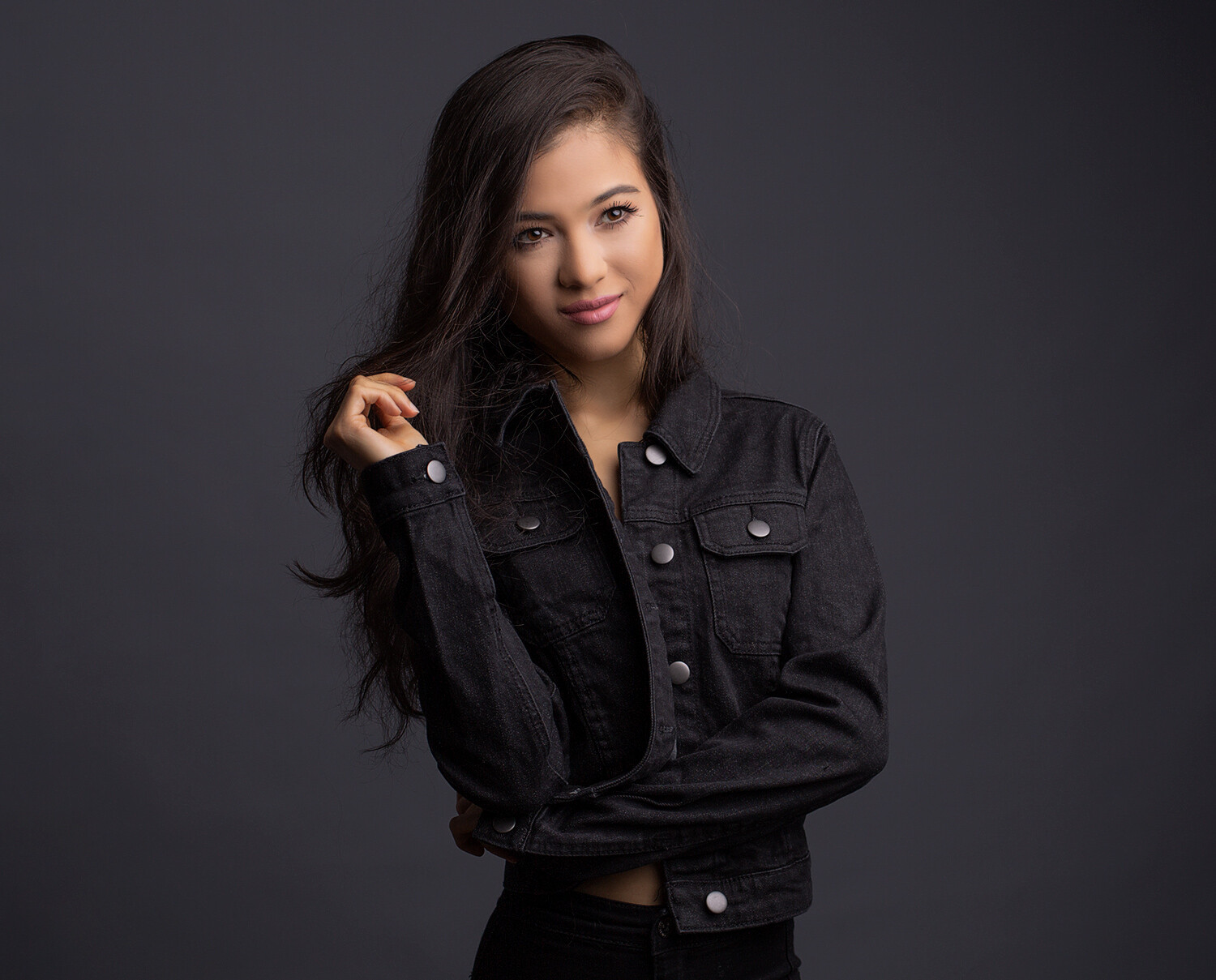The post Shallow Depth of Field: How to Get It in Your Photos (5 Easy Ways) appeared first on Digital Photography School. It was authored by Darren Rowse.

What is shallow depth of field photography? And how can you create it for beautiful, pro-level effects?
In this article, I’ll share everything you need to know about shallow depth of field, including:
- What shallow depth of field actually is
- Why shallow depth of field is useful in photography
- Five easy ways to create that gorgeous shallow depth of field effect
In fact, here’s my guarantee: By the time you leave, you’ll be a shallow DOF expert.
Sound good? Let’s dive right in, starting with a simple definition:
What is a shallow depth of field in photography?
A shallow depth of field refers to an effect where very little of the image is in focus.
For instance, an image might include an in-focus subject, but have a blurred-out background. This is common in portrait photography (and if you look through this article, you’ll notice that my shallow depth of field examples are all portraits for this very reason!).
A shallow depth of field contrasts with a deep depth of field, where the entire shot, from foreground to background, remains in focus. Deep depth of field effects are common in landscape photography, where detail is a key compositional element.
Why is a shallow depth of field effect important?
Plenty of photographers love shallow depth of field effects – for two big reasons:
- A shallow depth of field separates the subject from the background, helping the subject stand out.
- A shallow depth of field generally blurs the background, which looks really gorgeous (when done right, that is!).
Often, a shallow depth of field is a stylistic choice, one that certain photographers tend to prefer and other photographers like to avoid.
Here’s a list of genres that gravitate toward shallow DOF effects:
- Portrait photography
- Wildlife photography
- Street photography (sometimes)
- Fashion photography
- Product photography (sometimes)
Of course, this list isn’t exhaustive, and regardless, don’t feel hemmed in. If you prefer shallow depth of field but you shoot landscapes, that’s okay – do what you like!
How to get a shallow depth of field effect: 5 techniques
Now let’s take a look at how you can create shallow depth of field effects in your photos:
1. Increase the subject-background distance
It’s one of the easiest ways to achieve a shallow depth of field effect:
Position your subject as far away from any background objects as possible.
If your subject is standing right in front of a wall, it’ll be in focus no matter what you do. But if they’re standing 100 meters in front of that same wall, it’s going to be a lot more blurry. Think of it as giving your background more room to blur.
Quick note: Technically, increasing the distance between the subject and the background doesn’t make the depth of field more shallow. The depth of field remains the same regardless (it depends on other factors that I discuss below).
But bringing your subject forward increases the appearance of a shallow depth of field and gives you a near-equivalent effect.

2. Use your camera’s Portrait mode
These days, most beginner cameras include a little wheel on top with lots of little icons on it – the Mode dial.
And on certain beginner models, the Mode dial will feature Scene modes, such as Landscape, Night, Sports, etc.
Generally, one of these modes is Portrait. And if you’re uncomfortable using more advanced modes (such as Aperture Priority or Manual mode), Portrait mode is a good way to decrease the depth of field; it sets a large aperture (discussed in the next section!), which will make the depth of field smaller.
Now, Portrait mode doesn’t offer any control over your depth of field effect, so I only recommend you use it if you feel completely lost or have no intention of learning basic camera settings.
And if you do want to gain more control, check out the next method of creating shallow depth of field:
3. Widen your lens’s aperture
Every lens includes an aperture – essentially a hole – that widens or narrows depending on your camera’s aperture setting.
And the wider the aperture, the shallower the depth of field.
Portrait mode will automatically widen your aperture. But if you want a greater level of control, I’d recommend using either Aperture Priority mode or Manual mode, which allow you to dial in your preferred aperture (then watch as the background is blurred).
If you’ve never set the aperture before, know that small numbers, such as f/1.8 and f/2.8, correspond to a wide aperture (and hence a shallow depth of field). Large numbers, such as f/16 and f/22, correspond to a narrow aperture (and a deep depth of field).
For ultra-shallow depth of field effects, stick to f/2.8 and wider if possible, though your aperture capabilities will depend on your lens (because all lenses have an aperture maximum).

In fact, if you like the idea of adjusting the aperture to achieve the perfect depth of field effect, I highly recommend you put your camera on Aperture Priority mode, find a subject, and test out a handful of different apertures. Then review each photo carefully, paying attention to how the aperture setting affects the depth of field.
4. Use a long lens (and get close to your subject)
The closer you get to your subject, both optically – by using a long lens – and physically – by moving toward your subject – the shallower the depth of field and the better the background blur.
That’s why the best shallow depth of field portraits tend to be taken on an 85mm lens or a 70-200mm lens, not a 50mm or 35mm lens. The longer focal length makes it easier to get close, which in turn decreases the depth of field. Make sense?
However, if you only own a 35mm lens, don’t worry; you can still create a shallow DOF. You simply need to get close to your subject. Yes, it might be a bit uncomfortable if you’re photographing people – you’ll be shooting from right in front of their face! – but the results will be worth it.
By the way, longer lenses have another advantage over shorter lenses:
They compress the background. The actual effect is difficult to explain, but it leads to a smoother background blur and the appearance of a shallow depth of field.
So if possible, shoot your images from up close – and use a long lens, too. (Don’t get crazy with your focal length, though, especially if you’re photographing people; if you go over 200mm or so, you’ll be forced to back up ridiculously far, which can become unmanageable, plus you’ll lose a level of photographer-subject intimacy.)
5. Get a wide-aperture lens
Previously, I explained that a wide aperture leads to outstanding shallow depth of field effects. I also mentioned that some lenses feature a maximum aperture.
So if you’re serious about achieving a shallow depth of field, a lens with a wide aperture (known as a fast lens) is your friend.
Unfortunately, fast lenses tend to be expensive, but they can also be worth the investment. Plus, there are a few fast primes – such as a 50mm f/1.8 – that are optically impressive, capable of beautiful background blur, and are also quite cheap.
(Fast lenses also let you shoot in low light, which is a major bonus.)
By the way, some lenses offer better background blur than others. So before purchasing, I recommend reading reviews of possible lenses (or at least viewing sample images). Good reviewers will discuss background blur (also known as bokeh), and you can determine whether the lens is right for you.

Shallow depth of field: final words
Now that you’ve finished this article, you know all about shallow depth of field and how to create it.
So head out with your camera. See if you can get some beautiful depth of field effects. Try out the methods I’ve suggested.
And have fun!
Now over to you:
Which of these methods is your favorite? Do you have any tips that I missed? Share your thoughts in the comments below!
The post Shallow Depth of Field: How to Get It in Your Photos (5 Easy Ways) appeared first on Digital Photography School. It was authored by Darren Rowse.









































































































You must be logged in to post a comment.